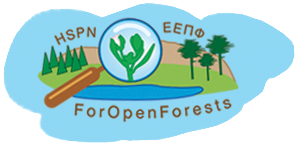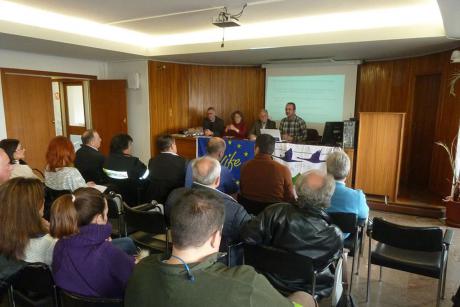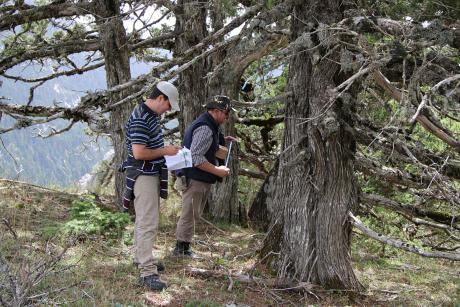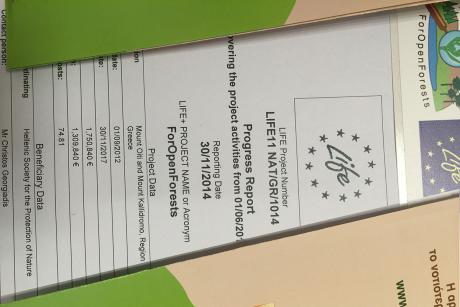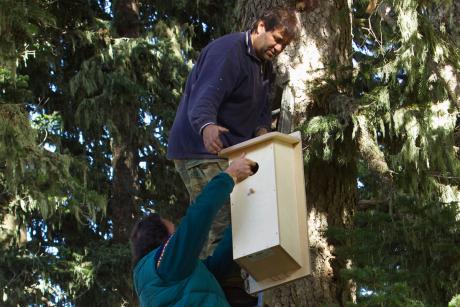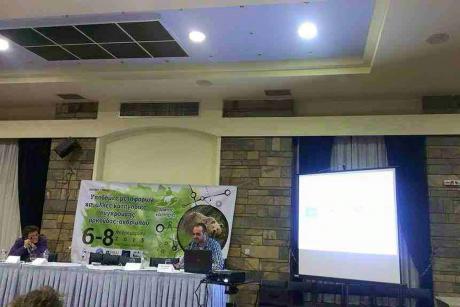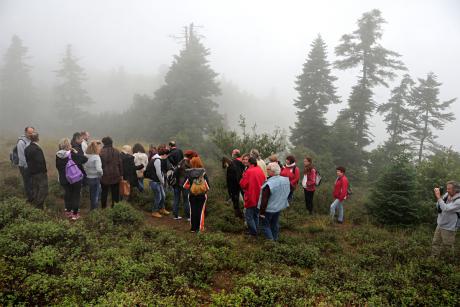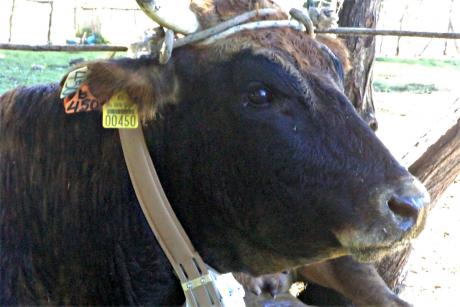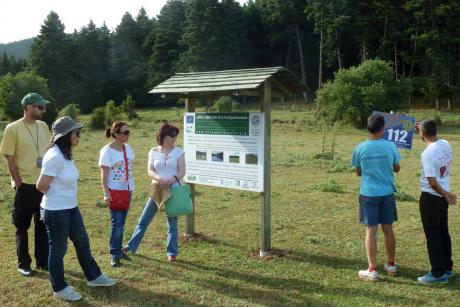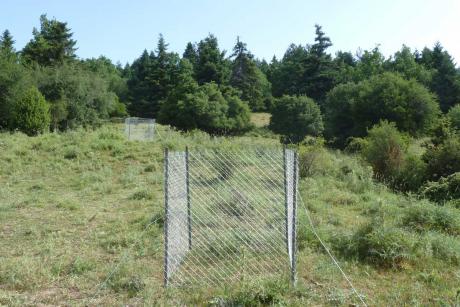Main menu
Conservation of priority forests and forest openings in "Ethnikos Drymos Oitis" and "Oros Kallidromo" of Sterea Ellada, LIFE11 NAT/GR/1014
News
In order to study the population status of Juniperus foetidissima in the National Park of Oiti, samples were takenfrom trees in the areas of Fakitsa and Trapeza. In addition to other data, height and diameterwere measured, and increment core samples were taken in order to estimate the age of the trees.
On December 17, 2014, the Progress Report of the project was submitted to the European Commission. This reportis the second of five to be submitted throughout the implementation of the project.
During the implementation of action C.8, a total of 30 artificial nests were placed at selected locations in the SPA of Mt. Oiti, twenty of them for Tengmalm’s Owl (Aegolius funereus) and ten for White-Backed Woodpecker (Dendrocopos leucotos). We will try to place the nests for the other two woodpecker species in the proposed locations, according to the ornithological study, before the ondet of the breeding period. The artificial nests will be monitored on a regular basis.
The project was presented by the Project Manager at the International National Operator’s Meeting of the Green Key Programmme on October 20th in Rethimno, Crete.More than fifty participants, from thirty-three countries, attended the presentation.
On October 2nd and 3rd the HSPN, in collaboration with the Directorate of Primary and Secondary Education of Fthiotida and the Center for Environmental Education of Stylida - Ypati, organised an Environmental Education seminar titled "Theoretical approaches and practical applications”. More than seventy teachers of Fthiotida Prefecture attended the seminar, which inluded presentations by regognised authorities in environmental education, as well as demonstrations in the field.
In order to estimate the optimal grazing regime to ideally manage the grasslands and preserve their biodiversity, samples were collected from Mts.Oiti and Kallidromo. The plant cover and biomass within and outside the cages were measured in the laboratory. Planned manipulations include two degrees of grazing pressure, corresponding to moderate (at the capacity level)and strong (twice the capacity level) grazing, as well as the control (no grazing). These will be applied tonon-improvedgrasslands well as grasslandsimprovedby controlled combustion or by removal (cutting) of shrubs and weeds.
In order to ascertain the movements and activity of cattle grazing in the forest openings of Mt Kallidromo, two GPS collars were put on two cows to track their movements. This method is applied for the first time in Greece. This is a trial to test the functionality of the system and to gain experience for the stand-alone application next year. The animal movements are transmitted by SMS via mobile phone network to central receivers, outside the study area, in the Rangeland Ecology Laboratory of the School of Forestry & Natural Environment, Aristotle University, and the Institute of Mediterranean Forest Ecosystems.
On June 26 and 27, members of the project team walked the paths proposed for restoration in the framework of Action C.1. Specifically, on June 26, the Project Manager and staff members of the RST walked a path on Mt. Oiti traditionally used by Sarakatsani nomadic shepherds during their seasonal migrations, and recorded the sites in need of maintenance and restoration. The team was accompanied by Mr. Stelios Syleounis, vice-president of the Board of Directors of the Management Body of Oiti National Park who works at the Center for Environmental Education of Stylida-Ypati and has extensive knowledge of the area. The following day, the same team continued its work following a path on Mt. Kallidromon. The selected route starts at the village Eleftherochori and ends at the temporary pond in Souvala. The team was accompanied by Mr. Loucas Pratilas, a mountain guide working in the area.
In the context of Action C.3, 60 grazing cages were placed in both project areas for monitoring the biomass production according to different grazing regimes. This action is being implemented by the ELGO “DEMETER” in cooperation with experts in grazing management from the Aristotle University of Thessaloniki.
